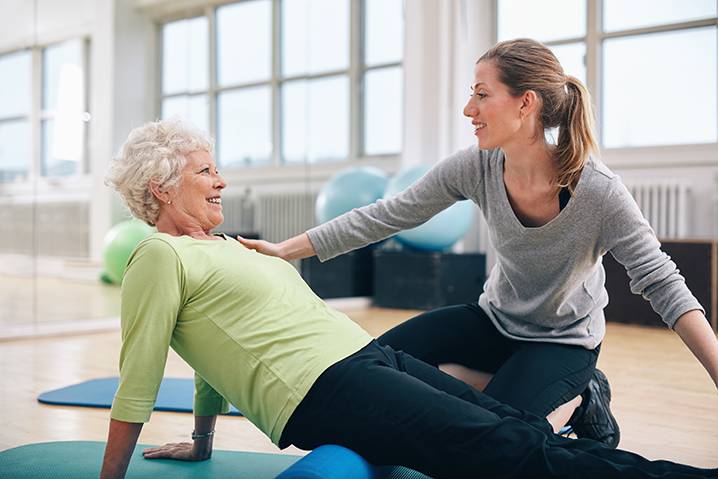
freecores.com – Functional training is a specialized type of exercise that focuses on improving everyday movements and activities. Unlike traditional workouts that may isolate specific muscle groups, functional training engages multiple muscles and joints simultaneously, mimicking real-life actions. This approach is especially beneficial for enhancing balance and coordination, essential skills for individuals of all ages.
” Also Read: Gym Workouts vs Home Workouts: Which is More Effective? “
Balance and coordination are critical components of physical fitness, playing a crucial role in performing daily tasks such as walking, climbing stairs, or even playing sports. Good balance helps prevent falls and injuries, especially in older adults, while improved coordination enhances overall athletic performance. By integrating functional training into your fitness routine, you can significantly improve these skills, leading to a more active and independent lifestyle.
Functional training offers numerous advantages beyond just balance and coordination. It helps develop core strength, flexibility, and overall body awareness. By training the body as a whole, you enhance the ability to perform various movements efficiently. Additionally, functional training can improve posture and reduce the risk of injury by strengthening stabilizing muscles. This comprehensive approach ensures that your body is well-equipped to handle the demands of everyday life.
Incorporating specific exercises into your functional training routine can effectively improve balance and coordination. Here are a few key exercises to consider: Single-Leg Deadlifts: Stand on one leg while holding a weight in the opposite hand. Hinge at the hips, lowering the weight towards the ground while extending the free leg behind you. This exercise challenges your balance and strengthens your hamstrings and glutes. Lateral Lunges: Step to the side with one leg, bending that knee while keeping the other leg straight. Push off the bent leg to return to the starting position. Lateral lunges enhance coordination and strengthen the lower body, particularly the adductors. Medicine Ball Toss: Stand on one leg and toss a medicine ball back and forth with a partner. This dynamic movement engages your core and requires balance while improving hand-eye coordination. Plank with Shoulder Taps: Get into a plank position and alternate tapping each shoulder with the opposite hand. This exercise engages the core and challenges your balance while improving upper body strength.
” Also Read: Exercises to Improve Joint Mobility and Prevent Injuries “
To maximize the benefits of functional training, consider the following tips: Start slow. If you’re new to functional training, begin with basic exercises and gradually increase the complexity as your balance and coordination improve. Focus on form. Proper technique is essential to avoid injury and achieve optimal results. Pay attention to your body alignment and movement patterns. Incorporate variety. Change up your exercises regularly to prevent boredom and continue challenging your body. Listen to your body. Pay attention to how your body feels during and after workouts. If you experience pain or discomfort, modify the exercises as needed.
In conclusion, functional training is an effective way to enhance balance and coordination, benefiting individuals of all ages and fitness levels. By incorporating specific exercises into your routine, you can improve your ability to perform daily activities, reduce the risk of falls, and enhance overall physical performance. Embrace the principles of functional training and enjoy the numerous benefits it offers for a healthier, more active lifestyle.